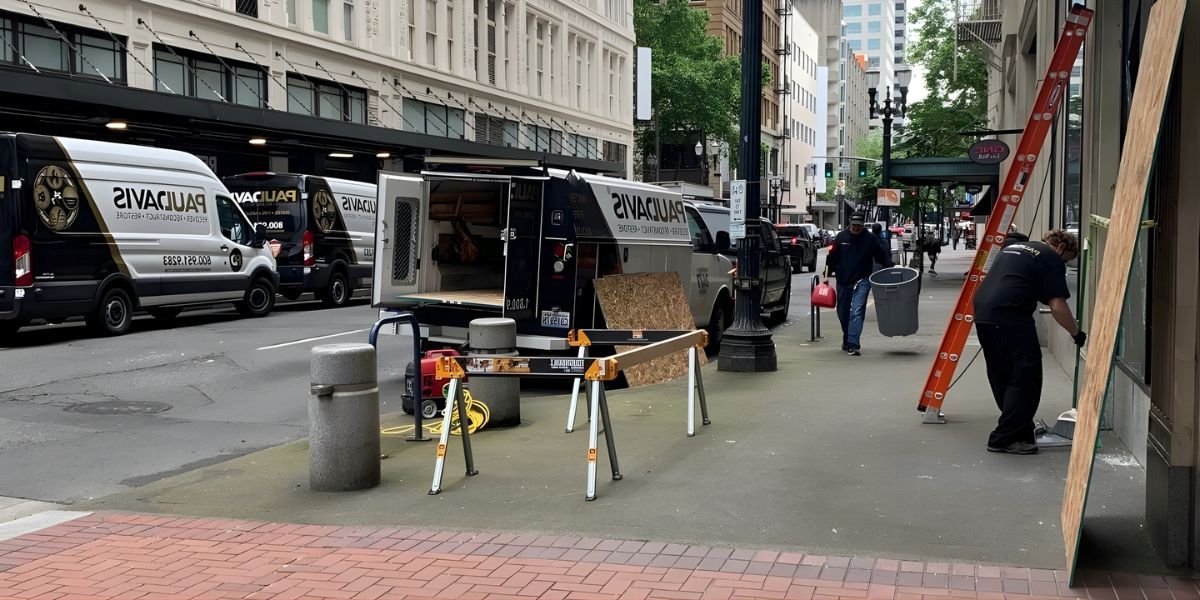Why SNAP Payments Are Delayed
Millions of low-income households that depend on the Supplemental Nutrition Assistance Program (SNAP) have seen their November payments delayed or reduced. The disruption comes after the federal government entered another shutdown, freezing funding for key social programs. The U.S. Department of Agriculture (USDA), which administers SNAP, said on November 9 that it can only release partial benefits while lawmakers negotiate a spending bill.
The USDA explained that without an approved budget, the agency is legally limited in how it disburses funds. A USDA spokesperson said, “We’re working closely with state agencies to ensure households receive as much assistance as possible under current law.” States were instructed to release about 65 percent of usual benefits until Congress finalizes a resolution.
The program, which serves more than 40 million people, plays a critical role in preventing food insecurity. For many families, even a short delay can create stress. “It’s not about luxury,” said Tanya Harris, a grocery cashier in Kentucky who receives SNAP for her two children. “I just need to make sure there’s food on the table. Missing a week changes everything.”
How the Shutdown Created the Delay
A shutdown begins when Congress fails to pass a federal budget or a temporary funding measure known as a continuing resolution. This year’s deadlock centers on disagreements over spending priorities, leading to lapses across multiple departments, including Agriculture. When the government shuts down, federal employees are furloughed, and payment systems slow or stop.
According to budget analysts, the SNAP delay is a direct result of how the program’s funding mechanism works. SNAP operates on mandatory spending but still relies on monthly appropriations for administrative and processing costs. Without an active budget, states can’t access full federal reimbursements to issue complete payments.
Policy expert Dr. Elaine Ward from the Center on Budget and Policy Priorities explained, “This isn’t a malfunction—it’s the system working exactly as designed under a shutdown. Agencies can’t spend money they don’t have, even for essential programs.” That structure, she said, often forces families to become “unintended hostages of political gridlock.”
The delay has also strained local retailers. Supermarkets in affected states report lower foot traffic and spending as SNAP users cut back. In Texas, grocers have said that EBT transactions dropped by more than 30 percent compared to last month.
The Human Side of the Wait
For households that depend on monthly benefits, the delay feels deeply personal. Families are stretching food budgets, visiting food pantries, and relying on credit cards or relatives to fill the gap. In several states, local charities have reported spikes in demand since the partial payments were announced.

“It’s heartbreaking,” said Angela Rodriguez, director of a community pantry in San Antonio. “We’re seeing parents come in who’ve never asked for help before. They’re embarrassed but desperate.”
Experts say this period underscores how closely linked food assistance is to economic stability. SNAP doesn’t just feed families—it stabilizes local economies. Every dollar in benefits generates demand for groceries, transportation, and other goods. A temporary pause, therefore, hits both low-income households and small businesses.
Dr. Ward noted that these interruptions could have long-term impacts on child nutrition if they persist. “When food assistance stops, even briefly, it increases the risk of hunger and poor diet quality among children,” she said. “Those effects linger far beyond the shutdown.”
What Happens Next
The Supreme Court weighed in on November 11, granting a temporary stay that allows the USDA to continue partial payments while a lawsuit over the funding freeze plays out. The administration argues it’s complying with legal limits, while advocates insist the government must prioritize full disbursements during shutdowns.
Negotiations in Congress continue, but there’s little clarity on when the impasse will end. Lawmakers are under pressure from governors and advocacy groups to restore benefits in time for the holiday season. Some state officials are exploring ways to use emergency reserves to cover shortfalls, though few have the resources to do so sustainably.
For now, recipients are advised to budget cautiously until the federal government reopens. Advocacy organizations are urging community food banks to prepare for higher demand. “We’ve seen this before,” said Lisa Grant, a social services coordinator in Ohio. “People adapt, but it’s tough. Families shouldn’t have to wait for politicians to settle arguments just to eat.”
Why It Matters to the Country
SNAP delays reveal how fragile the safety net can be when politics collide with policy. For millions, it’s not an abstract budget issue—it’s about whether they can afford groceries this week. The situation also highlights how dependent American communities are on federal coordination.
When SNAP stops, grocery stores lose customers, food banks get overwhelmed, and local economies feel the ripple. “It’s a reminder that government stability isn’t just about politics,” said Dr. Ward. “It’s about everyday life.”
The coming days will determine whether benefits resume fully or remain restricted. Until then, the shutdown’s real cost continues to be measured not in political points, but in empty kitchen shelves.








